Regulatory Push for Safety Features
The Automotive MLCC Market is also shaped by regulatory frameworks that mandate the inclusion of advanced safety features in vehicles. Governments worldwide are increasingly enforcing regulations that require the implementation of safety technologies, such as advanced driver-assistance systems (ADAS). These systems rely heavily on electronic components, including MLCCs, to function effectively. As a result, the demand for MLCCs is expected to rise in tandem with the growing emphasis on vehicle safety. The automotive safety market is anticipated to grow at a CAGR of approximately 8% in the coming years, further propelling the Automotive MLCC Market. This regulatory push not only enhances consumer safety but also drives innovation in MLCC technology, as manufacturers seek to develop components that meet stringent safety standards.
Rising Demand for Electric Vehicles
The Automotive MLCC Market is experiencing a notable surge in demand due to the increasing adoption of electric vehicles (EVs). As manufacturers pivot towards electrification, the need for high-capacity multi-layer ceramic capacitors (MLCCs) becomes paramount. These components are essential for managing power distribution and energy storage in EVs, which are projected to account for a significant share of the automotive market by 2030. The integration of MLCCs in EVs enhances performance and reliability, thereby driving their demand. Furthermore, the automotive sector is expected to witness a compound annual growth rate (CAGR) of approximately 20% in the EV segment, which will likely bolster the Automotive MLCC Market as manufacturers strive to meet the evolving requirements of electric mobility.
Advancements in Automotive Electronics
The Automotive MLCC Market is significantly influenced by advancements in automotive electronics. As vehicles become increasingly equipped with sophisticated electronic systems, the demand for reliable and efficient MLCCs rises. These capacitors play a crucial role in various applications, including infotainment systems, navigation, and communication technologies. The automotive electronics market is projected to grow at a CAGR of around 10% over the next five years, indicating a robust demand for MLCCs. This growth is driven by the need for enhanced functionality and connectivity in vehicles, which necessitates the use of high-performance MLCCs. Consequently, manufacturers are focusing on developing innovative MLCC solutions to cater to the evolving needs of the automotive electronics landscape.
Shift Towards Autonomous Driving Technologies
The Automotive MLCC Market is poised for growth due to the shift towards autonomous driving technologies. As the automotive sector invests heavily in research and development for self-driving vehicles, the demand for high-performance MLCCs is likely to increase. These capacitors are integral to the functioning of various sensors and control systems that enable autonomous driving. The market for autonomous vehicles is projected to expand significantly, with estimates suggesting a CAGR of around 15% over the next decade. This growth will likely create a substantial demand for MLCCs, as manufacturers strive to enhance the reliability and efficiency of autonomous systems. Consequently, the Automotive MLCC Market stands to benefit from this technological evolution, as it aligns with the broader trends in vehicle automation.
Growing Focus on Sustainability and Energy Efficiency
The Automotive MLCC Market is increasingly influenced by the growing focus on sustainability and energy efficiency. As consumers and manufacturers alike prioritize eco-friendly practices, the demand for energy-efficient components, such as MLCCs, is on the rise. These capacitors contribute to reducing energy consumption in vehicles, aligning with global sustainability goals. The automotive industry is witnessing a shift towards greener technologies, with many manufacturers committing to reducing their carbon footprint. This trend is expected to drive the Automotive MLCC Market, as MLCCs play a vital role in enhancing the energy efficiency of various automotive systems. Furthermore, the market for energy-efficient automotive components is projected to grow at a CAGR of approximately 12%, indicating a robust opportunity for MLCC manufacturers to innovate and meet the demands of a more sustainable automotive landscape.


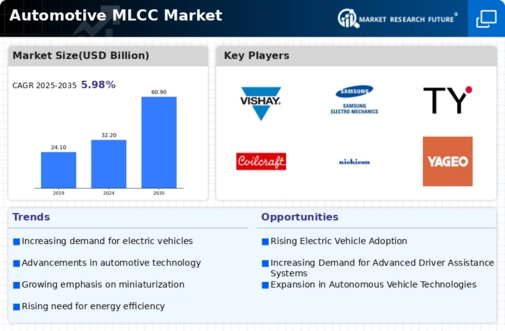
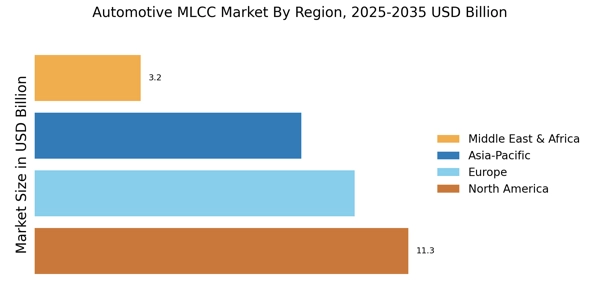
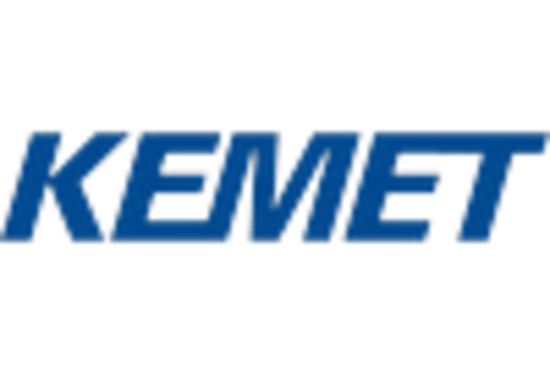
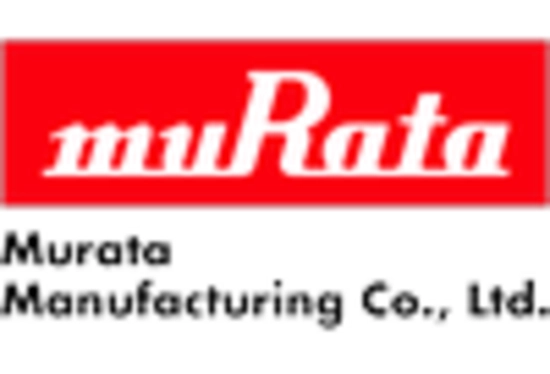
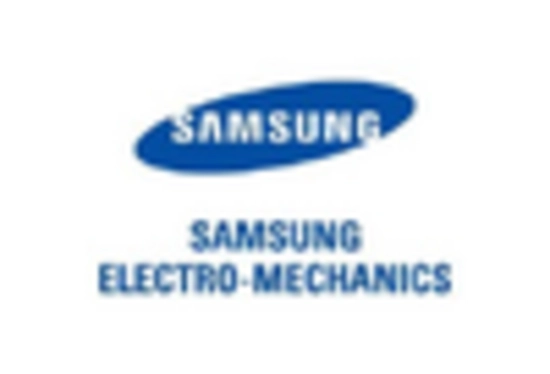


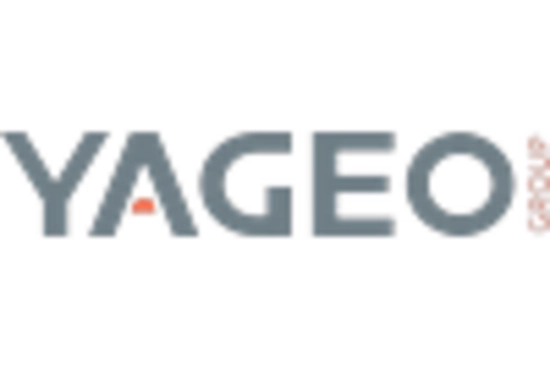








Leave a Comment